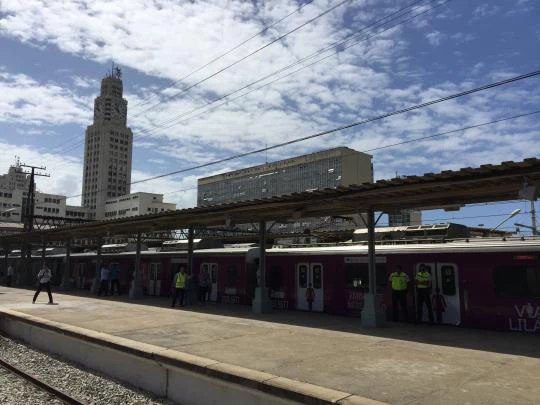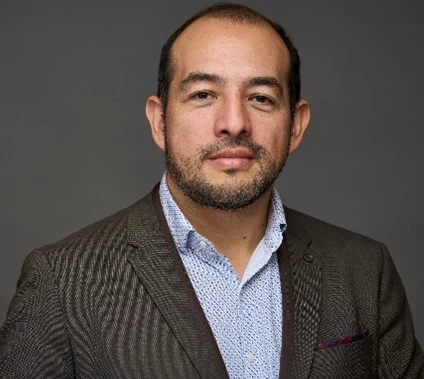
Follow Shomik (@shomik_raj) and Daniel (@danpulido) on Twitter
There was cause for celebration at the State of Rio de Janeiro’s Office of Women’s Affairs last week. The office had just launched a new program that provides support and legal assistance to survivors of gender-based violence, which was covered by a wide range of media and commemorated by a visit from senior World Bank leadership to Brazil.
Our team is currently visiting Rio to help with activities for this new program, called “Via Lilas.” Rio’s government has a lot to cheer about; the program is both innovative and significant. Its primary component is a system of electronic kiosks, placed at stations along Supervia suburban rail lines, which contain helpful information about how women can seek support for gender-based violence.

The placement of these kiosks is strategic; the Supervia provides some of the poorest communities in the region access to jobs and services.
The rail service connects downtown Rio de Janeiro to the periphery in this sprawling metropolitan area of more than 4,500 square kilometers and 12 million people. Outlying parts of the metropolitan area, such as the community of Japeri, can be more than two hours by train to Rio’s Central station.
The “Via Lilas” kiosks will be placed at high-profile locations along the Supervia system, providing easy information access to the approximately 700,000 passengers who use the rail network each day.
Our presence in Rio is part of a World Bank initiative to improve the delivery of social services, mainly urban mobility and gender violence prevention. The “Via Lilas” program is a critical part of operationalizing Brazil’s “Lei Maria da Penha” – a landmark national law that seeks to address domestic violence - in the Rio de Janeiro metropolitan area.[1]
Spearheaded by our colleague Boris Utria from the Brazil country office, the “Via Lilas” program had been long in the making and benefited from Bank funding and technical assistance. Bank support to the program was predicated on analysis that suggested that lack of access to and awareness of the services available was an important barrier to realizing the benefits of this law. Even in the first week of implementation, with only 18 of 93 kiosks in operation, the preliminary data suggested how much this information was needed.
More than 5,000 women have already accessed the kiosks – making our own estimates of 50,000 in the first year look timid.
We visited Rio’s Central station, where four kiosks are already in operation, supported by staff that are raising awareness and guiding people to use the kiosks. We also visited a shelter where women are provided services and support. The stories they told of the women who had taken advantage of the kiosks in this first week were in equal parts terrifying and inspiring: women dealing with domestic violence and sexual predators in their neighborhoods. However, they are now using the information and services they’ve received through “Via Lilas” to begin putting their lives back in order and continuing forward.
Helping survivors of violence access support, and strengthening the level of support available, is an important element of Rio State’s social agenda. This initiative is strategically important for the World Bank as well, an important opportunity to learn from concrete initiatives to address gender-based violence. For us working in the transport sector, there is an additional dimension from this unusual use of transport infrastructure as a platform for service delivery: transport reflects close to one-fifth of the World Bank’s total lending, and there is much to be gained if we can find ways to use some of this infrastructure to address difficult important development issues such as gender-based violence.
The next step is an evaluation to document the impact of the program and assist government to optimize it, as well as to draw lessons for future World Bank interventions in this area. During the visit we agreed on focusing the impact evaluation on:
- Measuring the impact of the kiosks on the number of women accessing the assistance and related services offered;
- Assessing the impact of different strategies to maximize the impact of the kiosks such as with and without human assistance, and variations in the manner the information is presented; and
- Measuring if possible the impact of the services provided to the lives of the beneficiaries.
This work is expected to be conducted in the next six months, and we look forward to sharing the results with you.



Join the Conversation